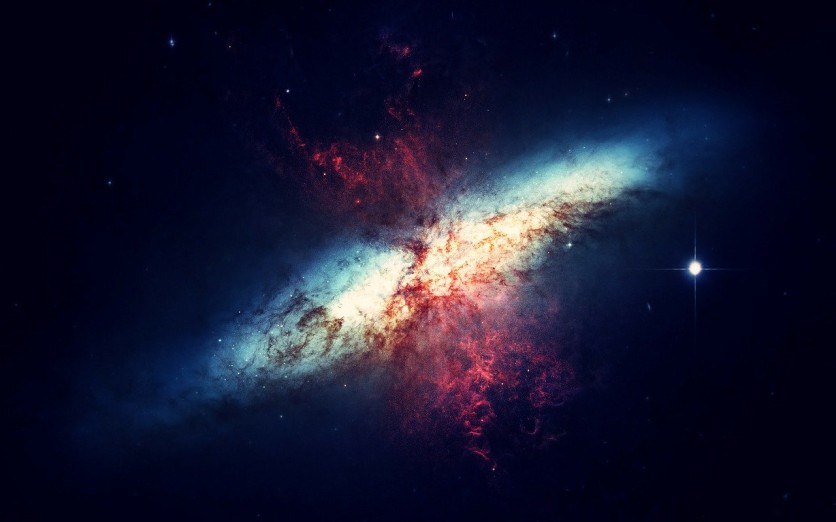For nearly five years, various scientists blamed the unusual orbits of distant solar system objects on the gravitational effects of "Planet Nine," located beyond Neptune's icy domain.

But a couple of physicists are now floating an intriguing idea that could offer a new way of searching for the object: What if that supposed planet is a small black hole? Scientists could finally bring the problem of Planet 9 to rest if it is.
How may it be detected?
Past observations have proposed that Planet Nine, referred to by some astronomers as "Planet X," has a mass between five and fifteen times that of Earth and lies between 45 and 150 billion kilometers from the sun.
Scientists from Harvard University can now elevate the possibility that orbital evidence for Planet 9 might theoretically emerge from a missing hyperlink in the many-year-long mystery. Experts claim in a paper recognized for publication in The Astrophysical Journal Letters that a primordial black hole could be hiding in the area.
They claim there is a hypothetical primordial black gap (PBH) with a horizon length no more than a grapefruit. A mass 5 to 10 cycles greater than that of Earth.
"We find that if Planet Nine is a BH, its existence can be discovered by LSST due to brief accretion flares powered by small bodies from the Oort cloud, which would be detected at a rate of at least a few per year," the authors write in their paper.
But how do you look at it when you don't know where it is? This is Vera C. Rubin Observatory's work, and its Space and Time Legacy Survey (LSST).
ALSO READ : Space Mysteries: Astronomers Discover Space Secrets that Could Solve Pluto, Black Hole Puzzle
Why the LSST
Other telescopes are good at pointing at a known target, but we do not know precisely where to look for Planet Nine. Hence, the experts tapped LSST to search for the location.
Loeb explained that LSST has a wide field of view, covering the entire sky repeatedly and searching for transient flares.
The authors claim that for this kind of temporary accretion, flares will be observed at least a few each calendar year out to about 105 AU. And they believe that they are prepared to rule out or confirm Planet 9 as a primordial black void within the first two years of activity of the LSST.
"LSST's ability to survey the sky twice per week is extremely valuable," Siraj said. In addition, LSST's unprecedented depth will allow for the detection of flares resulting from relatively small impactors, which are more frequent than large ones."
The LSST is a ten-year project to constantly map out the southern sky. With its wide field lens, it will scan the entire Southern sky every three nights. The observatory can handle a wide range of astrophysical, and cosmological problems, too. But it'll also be useful to detect transients, such as supernovae, potentially dangerous objects, and even black holes flaring as they absorb comets or other matter.
ⓒ 2025 TECHTIMES.com All rights reserved. Do not reproduce without permission.




